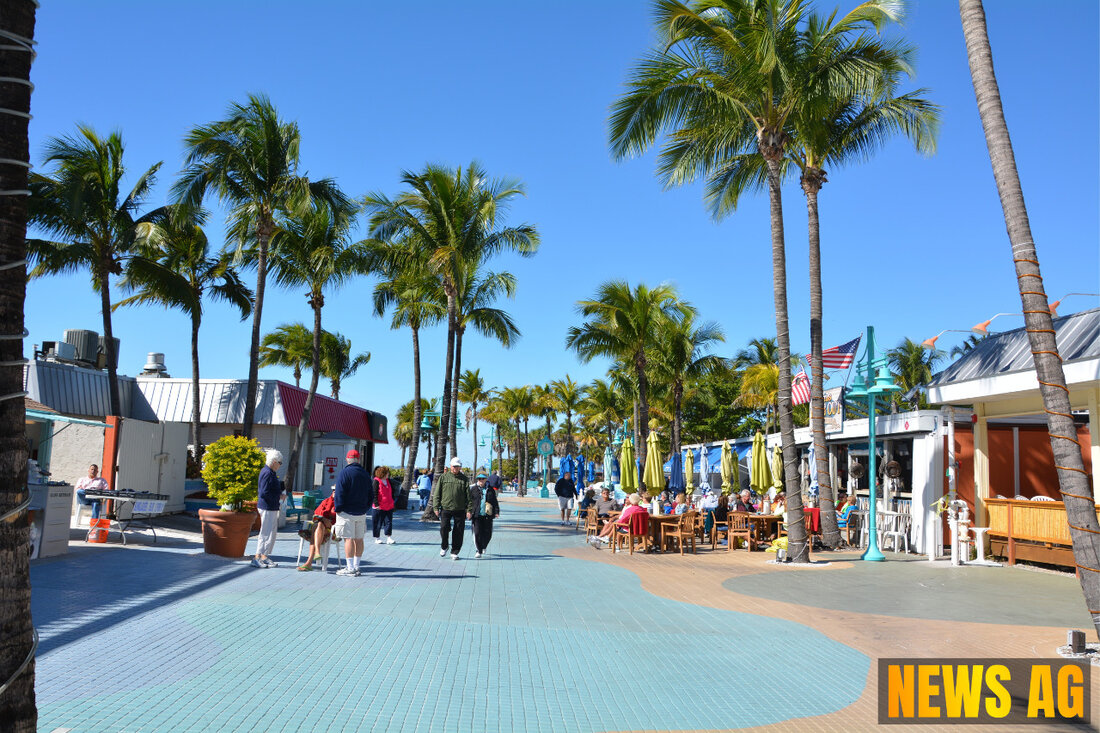Florida Task Force Confronts Valdosta Over Ongoing Sewage Crisis
A Florida task force will meet Valdosta City Council to address concerns over sewage spills impacting local rivers on August 14, 2025.

Florida Task Force Confronts Valdosta Over Ongoing Sewage Crisis
On the evening of August 14, 2025, a task force representing a dozen Florida counties is set to address the Valdosta City Council, aiming to tackle growing concerns regarding sewage spills and their significant impact on communities downstream along the Suwannee River. This meeting comes after a troubling history of sewage overflows, marking the return of attention to the issue since the task force’s initial discussions with the city back in 2020.WCTV reports that while improvements have been noted, local riverkeepers stress that recent spills have reignited worries that affect not just Florida but also residents upstream in Georgia. John S. Quarterman, Suwannee Riverkeeper and executive director, poignantly pointed out, “Sewage spills impact both Florida and upstream Georgia residents.”
What’s at stake here? Well, the health of the Withlacoochee River is a point of contention, especially with Lowndes County, Georgia, facing challenges in attracting clean industries and recreational initiatives. Local riverkeepers are encouraging concerned citizens to show up at the meeting slated for 6 p.m. at the Valdosta City Hall Annex and bring their voices to the forefront.
A Recent Sewage Crisis
The importance of this meeting cannot be overstated, especially in light of a recent catastrophe identified in April 2024, when Valdosta experienced a record sewage spill totaling 6.7 million gallons, which included a staggering 1.34 million gallons of raw sewage—accounting for 20% of the total overflow. This crisis stemmed from the Withlacoochee Wastewater Treatment Plant (WWTP) between April 12 and April 14, 2024. Alarmingly, city officials were aware of the spill on April 12 but chose to keep it under wraps until April 14, sparking outrage among residents.WWALS highlighted that water samples from nearby creeks showed elevated levels of E. coli, raising significant concerns about public health.
Heavy rainfall played a pivotal role in this disaster, as Valdosta received 6-8 inches in just four hours, overwhelming drainage systems and allowing groundwater to infiltrate the sewer system. Such circumstances highlight the risks inherent in urban development, especially as climate change-related weather patterns become increasingly unpredictable.
Broader Implications
It’s worth noting that incidents like these aren’t just local issues; they’re part of a troubling trend across the country. The EPA has estimated that there are between 23,000 to 75,000 sanitary sewer overflows (SSOs) each year in the United States, many of which contaminate water sources and pose serious public health threats.EPA defines SSOs as releases of raw sewage from sanitary sewer systems, which can result from various causes including blockages, line breaks, defects in the sewer system, and even power failures. In essence, these spills highlight failures of maintenance and operation within these critical infrastructures.
The city of Valdosta is reportedly adhering to Georgia Environmental Protection Division standards for testing and monitoring affected waterways following these spills. Current discussions reflect a burgeoning need for improvement, including the potential construction of a second catch basin aimed at mitigating future incidents. Concern over the adequacy of existing infrastructure remains a driving force behind community advocacy.
As the task force gears up for its meeting, it asks the community for input and engagement, hoping to pave the way for solutions that ensure cleaner waters and safer ecosystems for generations to come. It’s clear that everyone has a vested interest in these issues—because when the river thrives, the community does too.

 Suche
Suche
 Mein Konto
Mein Konto